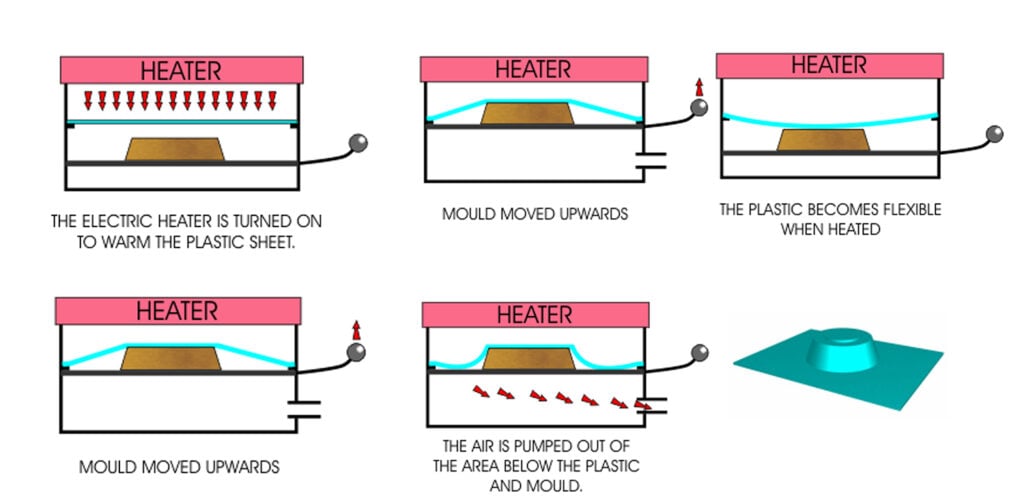10 years of experience as a food machinery equipment manufacturer
10 years of experience as a food machinery equipment manufacturer
Vacuum rolling machines represent a specialized category of industrial equipment designed to streamline the packaging process for various products. These machines utilize vacuum-sealing technology combined with precision rolling mechanisms to create airtight packages that protect contents from moisture, contaminants, and physical damage.

At their most fundamental level, vacuum rolling machines perform two sequential operations. First, they extract air from the packaging environment through powerful suction systems, creating a vacuum seal around products. Second, integrated rollers compress and seal the packaging materials – typically flexible films or laminates – in controlled, consistent patterns. This dual-action process achieves what manual packaging cannot: complete environmental isolation of packaged goods.
Modern vacuum rollers incorporate automation features that minimize human intervention. Programmable settings allow operators to adjust variables like vacuum strength, sealing temperature, and compression pressure for material-specific packaging requirements. This adaptability makes them suitable for both brittle items requiring gentle handling and dense products needing high compression.
Energy efficiency has become a notable characteristic in newer models, with heat recovery systems and variable-speed vacuum pumps reducing electricity consumption by 20-40% compared to earlier generations. Maintenance protocols have simultaneously been simplified through modular component design, where critical parts like sealing bars and vacuum chambers can be replaced individually.
When evaluating vacuum rolling equipment, throughput capacity directly correlates to chamber dimensions and evacuation speed. Small tabletop units typically process 3-5 packages per minute, while industrial-scale installations can exceed 50 cycles per minute. Material compatibility warrants careful assessment – multilayer films with nylon or polyester components often outperform standard polyethylene in puncture resistance for heavy objects.
The evolution of sealing technologies now includes dual-frequency induction systems that create hermetic seals on metallized barrier films without compromising material integrity. Such advancements address historical pain points like incomplete seals on textured or irregularly shaped items.
Optimal deployment requires attention to environmental factors. Consistent ambient temperatures reduce sealing cycle variations, while dedicated electrical circuits prevent voltage fluctuations during vacuum pump activation. Operator training should emphasize proper loading techniques to prevent packaging material misalignment – the leading cause of production stoppages.
Transition periods between different package formats remain a key operational consideration. Machinery offering quick-change cartridges or memory presets minimizes conversion downtime. This feature proves particularly valuable in facilities handling seasonal products or short-run specialty items.
As a consolidation technology, vacuum rolling machines meet growing demands for sustainable packaging through material reduction capabilities. The compression process allows up to 60% volume reduction versus standard packaging methods, decreasing both shipping costs and environmental impact. The resulting protective barrier also extends product shelf life, reducing spoilage-related waste across supply chains.
